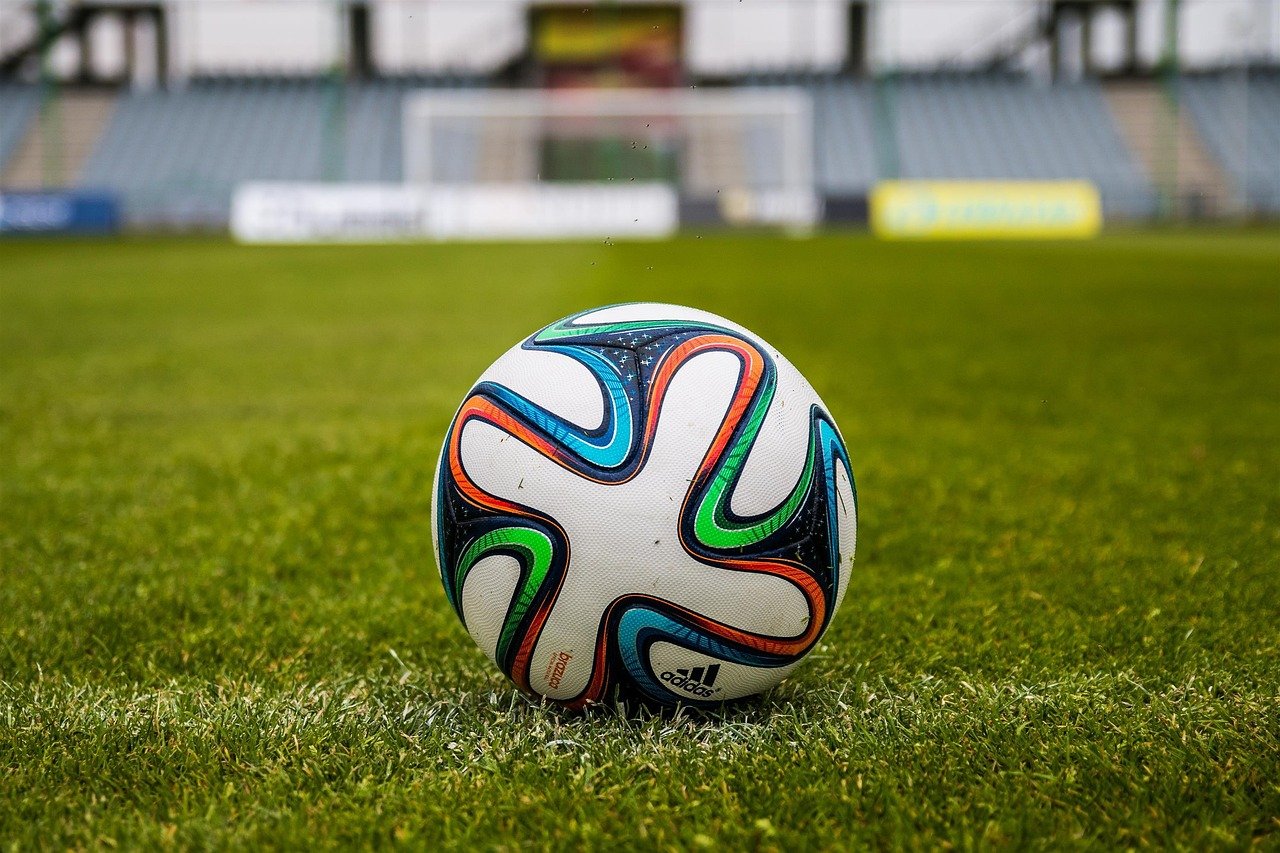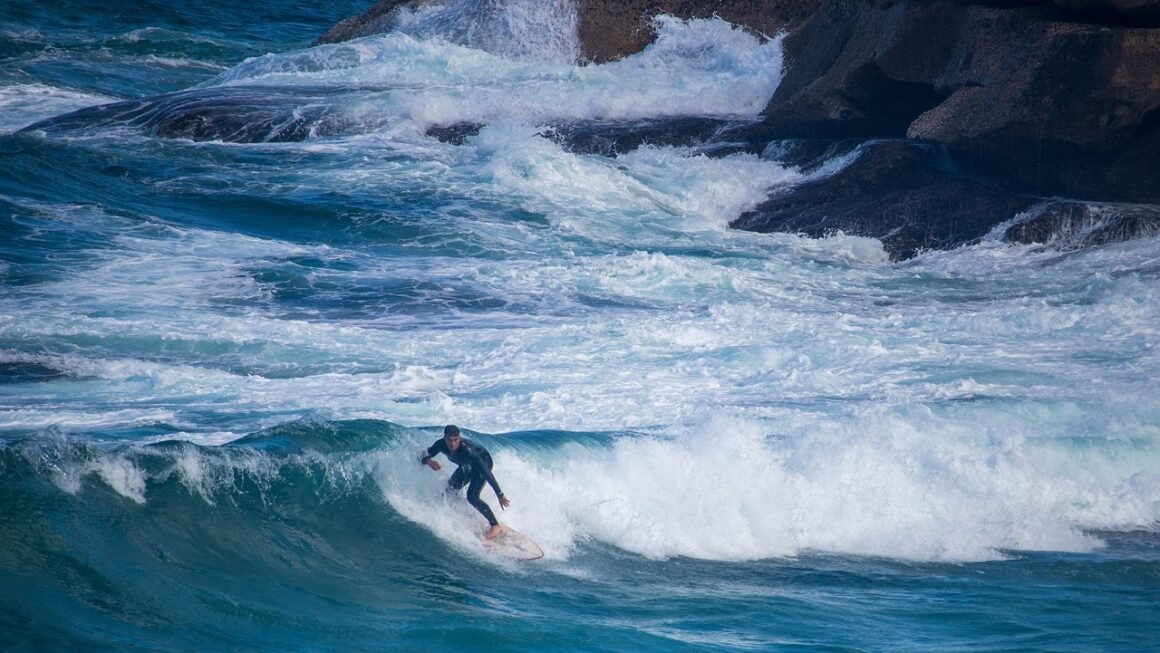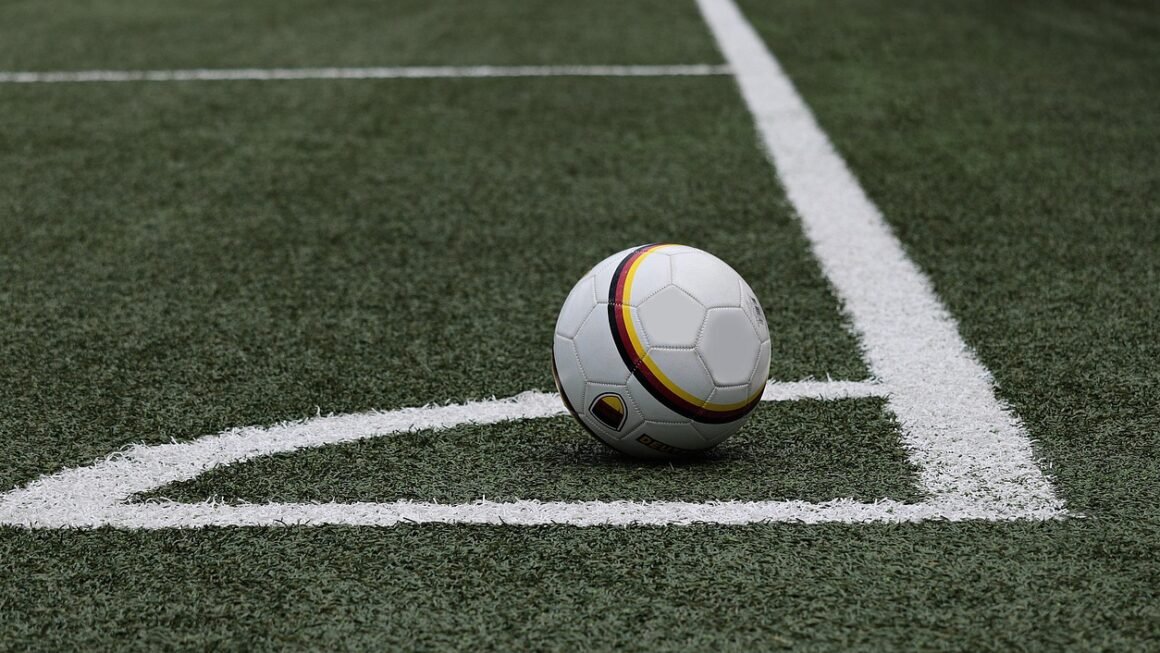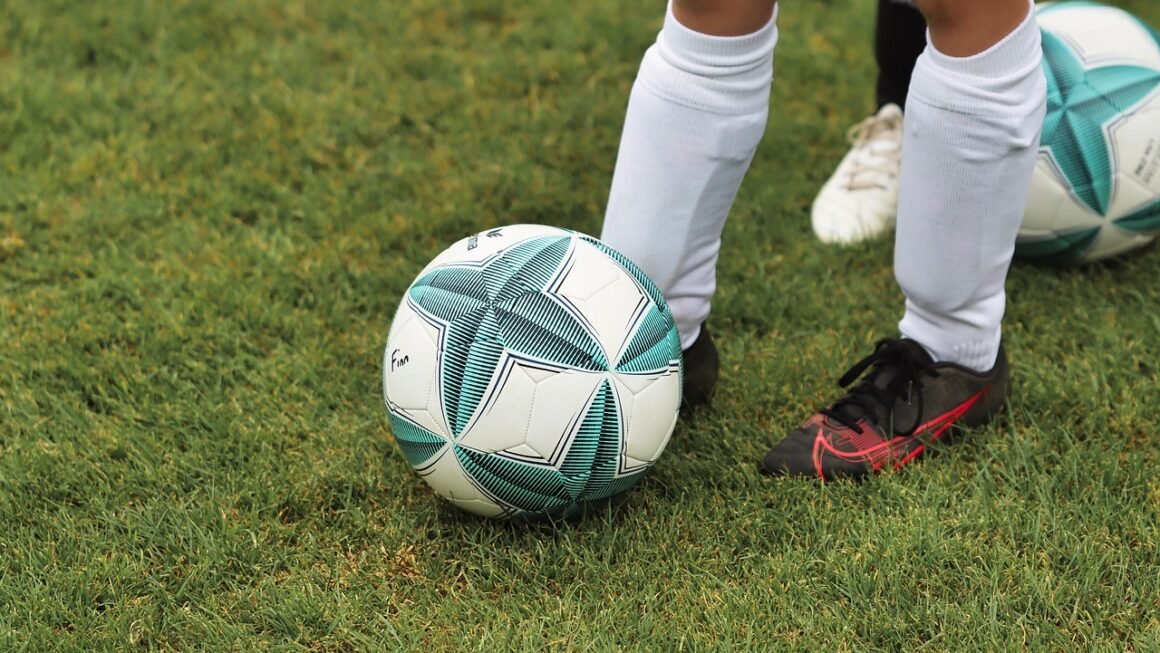The rush of carving down a mountain, the feeling of weightlessness as you catch air, the camaraderie shared on the chairlift – snowboarding offers a unique and exhilarating experience. Whether you’re a seasoned shredder or a wide-eyed beginner, understanding the fundamentals and staying up-to-date with the latest trends can significantly enhance your enjoyment on the slopes. This guide provides a comprehensive overview of snowboarding, covering everything from essential gear to advanced techniques.
Getting Started with Snowboarding: Essential Gear and Preparation
Choosing the Right Snowboard
- Length: Snowboard length is typically determined by your height and weight. A general rule is that the board should come up to somewhere between your chin and nose when standing on its end.
Example: A 5’10” (178 cm) person might choose a board between 155cm and 160cm, depending on weight and riding style.
- Flex: The flex of a snowboard impacts its handling. Softer flex boards are more forgiving and easier to turn, ideal for beginners. Stiffer boards offer better stability at high speeds and are preferred by advanced riders.
Beginner Tip: Look for a board with a soft to medium flex.
- Shape: Snowboard shapes vary, with twin, directional, and directional twin being common options. Twin boards are symmetrical and ride the same in both directions, good for freestyle. Directional boards are designed for riding primarily in one direction.
Recommendation: A twin or directional twin shape is versatile for all-mountain riding.
Selecting Boots and Bindings
- Boots: Proper fitting snowboard boots are crucial for comfort and performance. They should be snug but not too tight, allowing for some toe movement.
Tip: Visit a reputable snowboard shop to get professionally fitted. Many shops offer boot molding to customize the fit.
- Bindings: Bindings connect your boots to the snowboard. They come in various styles (strap-in, step-in) and should be compatible with your boots and riding style.
Consider: Opt for bindings that are easy to adjust and offer good support.
- Compatibility: Ensure your boots and bindings are compatible. Many shops offer package deals which take the guesswork out of it.
Essential Apparel and Protection
- Outerwear: Waterproof and breathable outerwear is a must to stay dry and comfortable. Look for a jacket and pants with a high waterproof rating (e.g., 10,000mm or higher).
Practical Example: Layering is key! Wear a base layer, mid-layer (fleece), and waterproof shell.
- Gloves/Mittens: Insulated and waterproof gloves or mittens are essential for keeping your hands warm.
Pro-Tip: Mittens are generally warmer than gloves.
- Helmet: A helmet is non-negotiable for safety. Choose a helmet that fits snugly and meets safety standards (ASTM or CE).
- Goggles: Goggles protect your eyes from the sun, wind, and snow. Choose goggles with interchangeable lenses for different weather conditions.
Lens Color Guide: Amber or rose lenses are good for cloudy days, while dark lenses are best for sunny days.
- Wrist Guards: Wrist injuries are common in snowboarding, so wrist guards are a worthwhile investment, especially for beginners.
Snowboarding Techniques: From Beginner to Intermediate
Basic Stance and Balance
- Determining Your Stance: “Regular” stance means riding with your left foot forward, while “goofy” means riding with your right foot forward. If you’re unsure, try sliding on a slippery surface (like ice) to see which foot you naturally lead with.
- Finding Your Center of Gravity: Bend your knees and keep your weight centered over the board. Imagine you’re trying to keep your balance on a skateboard.
- Practice on Flat Ground: Before hitting the slopes, practice getting comfortable with your stance and balance on flat ground.
Learning to Control Your Edges
- Heel Edge vs. Toe Edge: The heel edge is the back of the board, and the toe edge is the front. Controlling these edges is how you steer.
- Falling Leaf Technique: Start by sliding down a gentle slope, alternating between your heel edge and toe edge. This will help you get a feel for edge control.
Actionable Takeaway: Focus on shifting your weight to engage each edge.
- Linking Turns: Once you’re comfortable with the falling leaf, start linking turns by transitioning smoothly from one edge to the other.
Using the Chairlift and Getting Off Safely
- Approaching the Chairlift: Position yourself so that the chair scoops you up from behind.
- Riding the Chairlift: Sit back and relax, keeping your snowboard pointing downhill.
- Getting Off the Chairlift: Raise the safety bar, and as the chair approaches the offload ramp, stand up and ride straight forward. Clear the offload area quickly.
Important: If you fall, quickly move to the side to avoid being hit by the next chair.
Advanced Snowboarding Skills: Taking Your Riding to the Next Level
Carving Techniques
- Understanding Carving: Carving involves engaging the edge of your snowboard to make smooth, controlled turns without skidding.
- Body Positioning: Keep your body aligned with the board and lean into the turn.
- Edge Pressure: Apply consistent pressure to the edge of the board throughout the turn.
Riding Switch
- Practicing Switch: Riding switch (opposite of your normal stance) can improve your overall balance and control.
- Start Slow: Begin on a gentle slope and gradually increase the difficulty as you become more comfortable.
- Focus on Symmetry: Try to maintain the same body position and technique when riding switch as you do in your regular stance.
Freestyle Snowboarding: Jumps and Tricks
- Starting Small: Begin with small jumps and gradually increase the size as you gain confidence.
- Proper Takeoff and Landing: Maintain a balanced stance, pop off the lip of the jump, and aim for a smooth landing with your knees bent.
- Learning Basic Tricks: Start with simple tricks like ollies and nollies before attempting more complex maneuvers.
Safety First: Always scope out the landing before attempting a jump, and consider wearing protective gear like a back protector.
Snowboarding Locations and Resorts: Finding the Perfect Mountain
Popular Snowboarding Destinations
- North America:
Vail, Colorado: Known for its vast terrain and diverse runs.
Whistler Blackcomb, British Columbia: One of the largest ski resorts in North America.
Park City, Utah: Offers a variety of terrain parks and backcountry access.
- Europe:
Zermatt, Switzerland: Renowned for its stunning views of the Matterhorn.
Chamonix, France: A mecca for freeriding and extreme snowboarding.
St. Anton, Austria: Famous for its challenging terrain and lively après-ski scene.
- Japan:
Niseko, Hokkaido: Known for its abundant powder snow.
Hakuba, Nagano: Hosted the 1998 Winter Olympics and offers a variety of resorts.
Choosing a Resort Based on Skill Level
- Beginner-Friendly Resorts: Look for resorts with gentle slopes, dedicated learning areas, and experienced instructors.
Example: Keystone, Colorado has excellent beginner terrain.
- Intermediate Resorts: Choose resorts with a mix of blue and black runs, as well as terrain parks.
- Advanced Resorts: Look for resorts with steep slopes, backcountry access, and challenging terrain parks.
* Consider: Silverton Mountain, Colorado, is known for its expert-only terrain.
Conclusion
Snowboarding is a thrilling and rewarding sport that can be enjoyed by people of all ages and skill levels. By investing in the right gear, mastering fundamental techniques, and choosing a suitable mountain, you can unlock a lifetime of winter adventures. Whether you’re carving down groomers, hitting jumps in the park, or exploring the backcountry, snowboarding offers an unparalleled sense of freedom and excitement. So, gear up, get out there, and experience the joy of gliding down the mountain!



